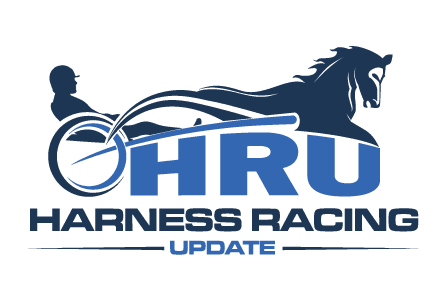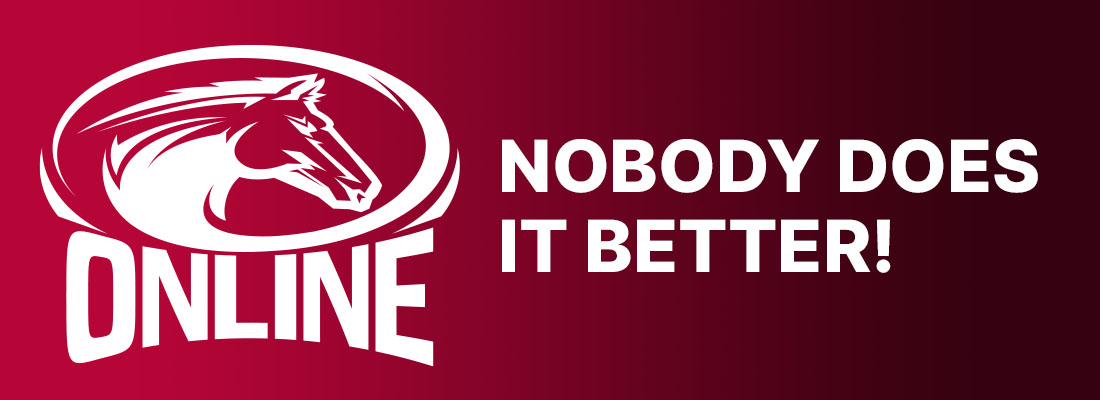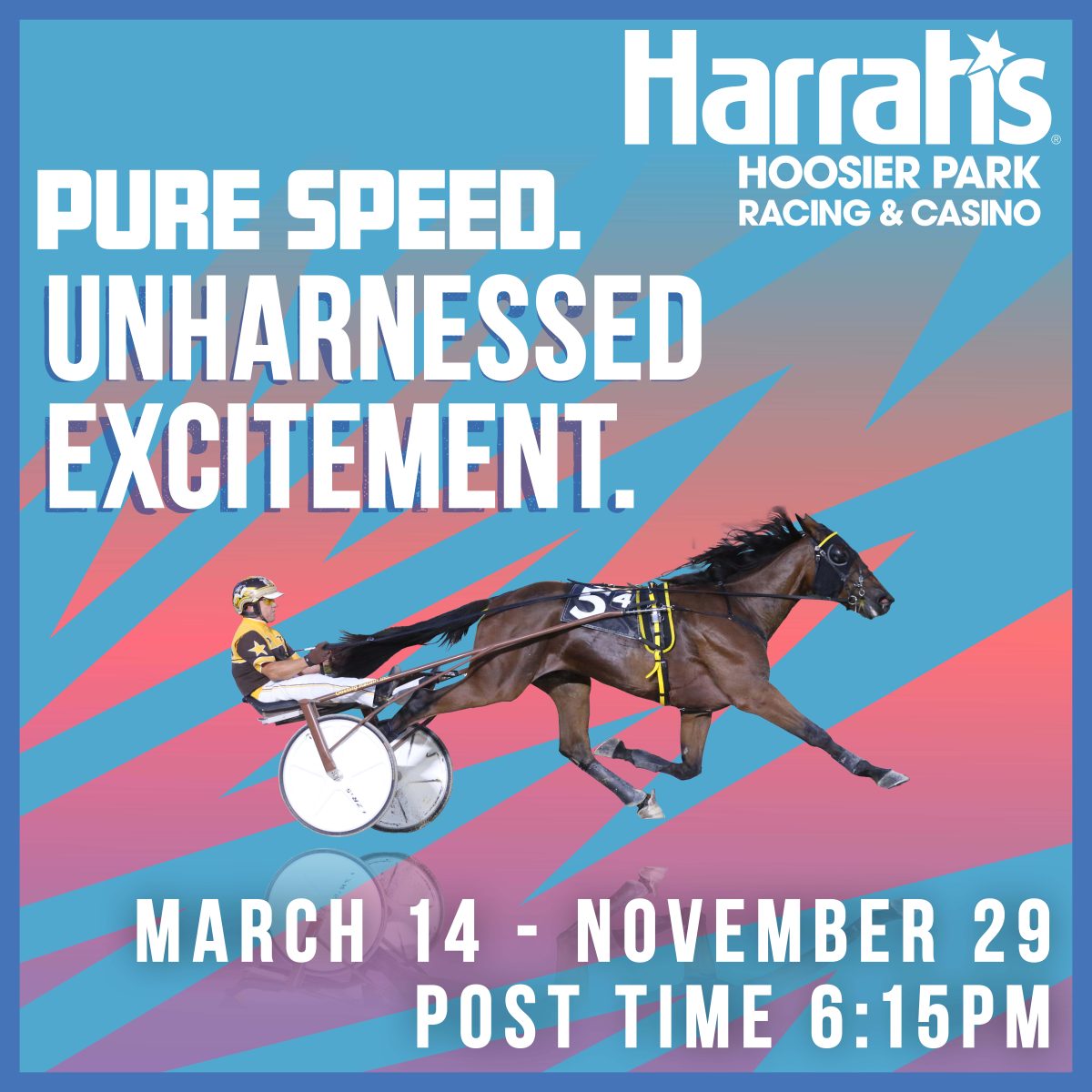Mickey McNichol reflects on his many miles in harness racing
by Murray Brown
To quote Neil Diamond, Myles “Mickey” McNichol and his lifelong friend and partner in horses Joe Caraluzzi are “New York City born and raised” or, more specifically, The Bronx.
McNichol honed his interest in harness racing by frequent visits to nearby Yonkers Raceway which was just a few miles from his home.
How did an upbringing in The Bronx translate itself to a career in harness racing?
“I was raised in an Italian-American section of The Bronx. It was there that I met my lifelong friend and partner in horses, Joe Caraluzzi. Both Joe and I were avid Yankees fans. That is actually how I picked up my name ‘Mickey.’ I was a huge Mickey Mantle fan. The name Mickey was more appealing to Yankee fans than Myles. So, I became and have since remained Mickey.
“Joe and I, along with several others became vendors at Yankee Stadium. Working along with us selling hot dogs and other stuff was soon to become future TV star Jimmie ‘J.J.’ Walker of Good Times fame. He was just as goofy and funny then as the characters he portrays.
“Back then, most of the Yankees games took place in the daytime. What to do at night? Why, find a way to dispose of our newly gotten working riches at Yonkers Raceway. We both became regular attendees at Yonkers.
“I thought to myself, since I was giving my money to the horses, I needed to find a way to reverse the process and get some of the money coming back in the opposite direction.”
How did you get that done?
“I got a job with Sacher Werner, one of the sport’s greatest characters working for $40 a week. Even though the theory of getting the money flowing in the ‘right’ direction held up minimally, it was only temporary, very temporary. The money somehow ended up being quickly eaten by the pari-mutuel machines at Yonkers and Roosevelt.
“’Sach’ was known as a kind man who took good care of those working for him. When we were broke, which was almost always, Sach would take us to a buffet and treat us to our next meal. The only thing I didn’t like about working for Werner was that our access to the horses themselves was limited. He did all the jogging, training and driving. We grooms had to do all the unsatisfying grunt work. I longed to sit behind these wonderful steeds.”
What did you do about it?
“I got another job of course. One where I almost immediately began jogging horses. I went to work for Ken Heeney who was a good horseman and, I felt, a better than average driver. I thought that he would help me in the transition from just grooming to becoming a driver as well. Within a month I was training.”
How did Caraluzzi fit in?
“I was down in Pompano where we would be spending the off-season racing, as I did every year, then and since. I had previously attended Pace College where I was hoping to become an accountant. I found that rather boring. I longed for some action.
“Joe came down to visit. As some might say, he was smitten with the horse life and especially the Florida climate.
“He soon quit school and we decided to pool our resources. Thus was the Caraluzzi-McNichol stable born. We began as an overnight operation racing mostly at Monticello with occasional forays into Yonkers, Roosevelt and The Meadowlands when the quality of the horses merited it. We both trained. I drove. Joe handled the books and the business aspects of the operation. We weren’t thriving, but we weren’t starving either.”
How did the transition to babies and Grand Circuit quality horses evolve?
“We were training some of the overnight horses for Jack Landis’ Sunbird Stable. Bruce Nickells had the babies. There was a disagreement between Jack and Bruce involving the use of catch drivers. Jack wanted Bruce to use them for his horses. Bruce wanted to continue to drive the horses he was training. There was a breakup. The horses were sent to us. We didn’t know anything about training babies. We learned in a hurry.
“Among those horses was an already sore 2-year-old named Jazz Cosmos.
“Jazz Cosmos was an amazing horse. If they gave awards to the horses with the biggest hearts, Jazz Cosmos would be way up there. He had as bad a set of hocks as you ever saw on a horse. He was only a $9,000 yearling. Undoubtedly those hocks were the reason he didn’t bring more. When you put him behind the starting gate though, he threw all that soreness away. He was a true warrior. We won the Kentucky Futurity with him and just got nosed out in the Hambletonian by Speed Bowl. He ended up standing stud at Armstrong Brothers in Canada. Unfortunately, he reproduced those bad hocks, but not usually the big hearts in his foals.
“His going there proved to be a blessing to Joe and I. With some of the money Jack earned from him at stud, Landis was able to continue buying yearlings for us to train. The world champion Nearly Perfect was one of them.”
You won a Hambletonian with Alf Palema.
“That was a perfect example of me being in the right place at the right time. Before the race, I barely knew who the colt was. Per Eriksson was the trainer of the pre-race favorite King Conch. On basically a lark, he decided to enter Alf Palema as well. He was part of a favored entry that went off at 3-1. He put me down to drive Alf Palema. Sonny Patterson drove King Conch. They were destined to finish one-two.
“If Alf Palema were alone in the betting, he probably would have gone off at 50-1 or higher. There were three eliminations with nine starters in each. My goal going into the race was to try to get a check. I finished second in his elimination. In the final, I wasn’t all that concerned with winning. I was sure I couldn’t do that. I wanted to get a piece of the action. I hugged the rail the entire mile. I just managed to squeak through at the very end to win by a head. I’m certain that if I had raced him more aggressively, I wouldn’t have done nearly as well. Such is racing.
“In his next race, we went to Illinois where we won the World Trotting Derby at DuQuoin. Alf Palema was Swedish owned and went to stud there where he became one of the greatest stallions ever in that country. Another interesting anecdote about him was that he was the very last horse and the only Hambletonian winner bred by George Alexander’s Chestnut Farm, one of the most renowned breeders of trotters ever.”
You have had many top trotters. How about pacers?
“I suppose the best might have been Broadway Express whose greatest claim to fame might have been finishing second to Dragon’s Lair when he upset Nihilator in the Breeders Crown 2-year-old colt pace at The Meadows. Most who saw that race would rank it among the greatest they’ve ever seen.
“We owned 40 per cent of him with David Brooks.
“Horsemen don’t usually agree on anything, let alone everything. But one thing that most might agree on is that when speaking of bad guys is that David Brooks stood alone. I have never heard anyone say a good word about the man.
“We were fortunate in that the checks came directly to us. Most other horsemen who had his horses were not nearly as fortunate. They often did not get paid what they were owed. Not because he couldn’t afford to pay them, but because he took delight in cheating just about anybody.
“We also trained Flight Of Fire and Port Stanley from Bob Boni’s and Lou Guida’s first group of Niatross yearlings. In any other year, Flight Of Fire would have been among the best out there. Going against Nihilator, he was an also ran.”
What is life like for you these days?
“I would say its fine. But to deny that I miss Pompano Park would just be a lie. I and almost all horsemen who have spent time here miss it desperately. It was more than just a racetrack. It was a way of life. I’m fortunate that I put a few bucks away for that proverbial rainy day. I spent a few summers racing at Tioga Downs and enjoyed it. Now I stay in Florida pretty much year around.
“In the last few years, I’ve trained a few Florida-breds for the Florida Sires Stakes. It looks as though we might have another year of those. I try to visit the training centers and try to help out my fellow horsemen when I’m able to.”

















